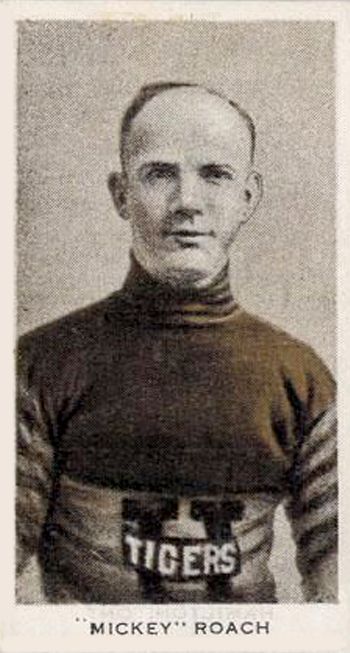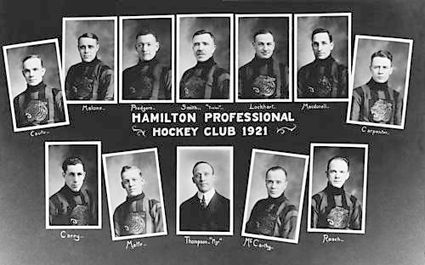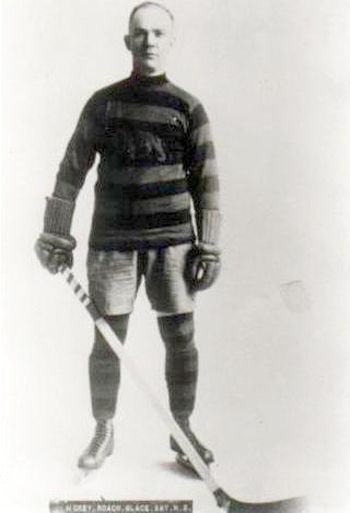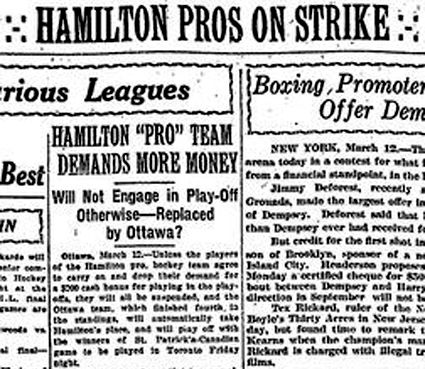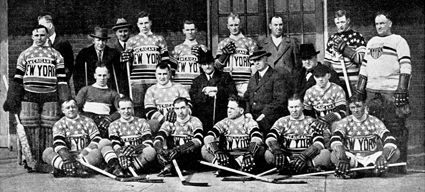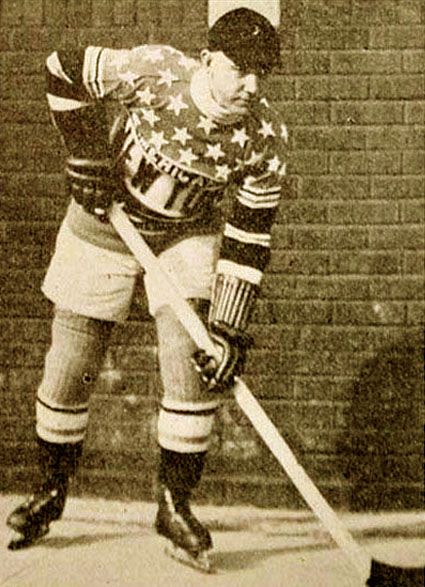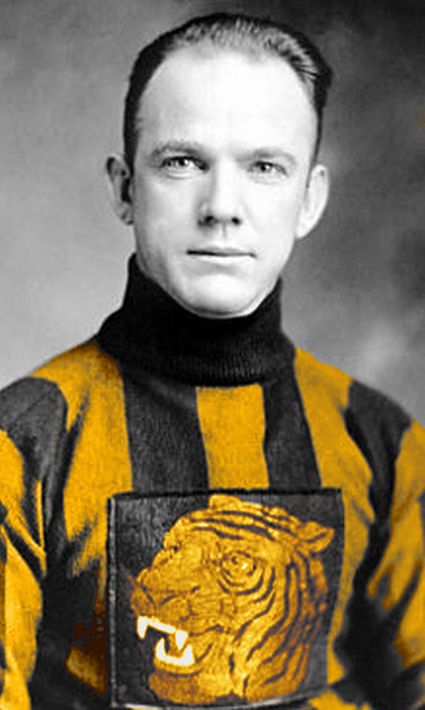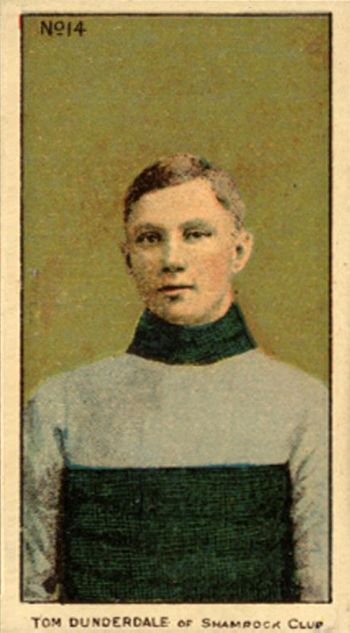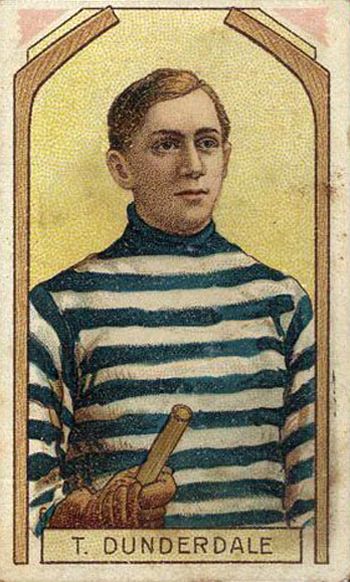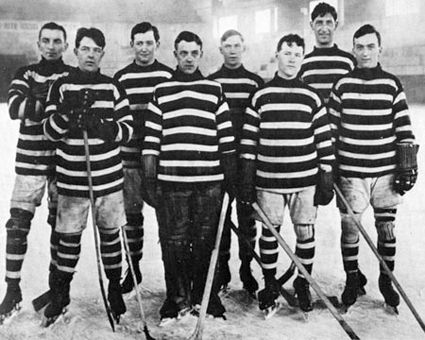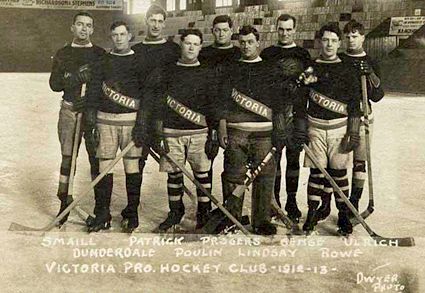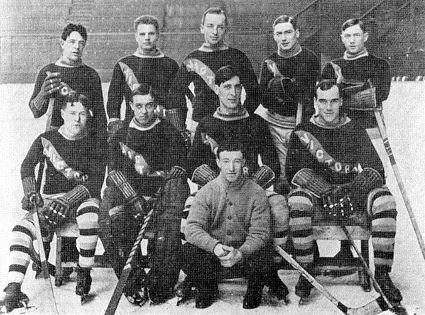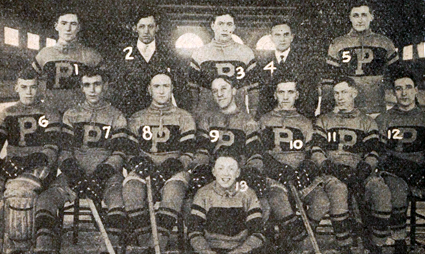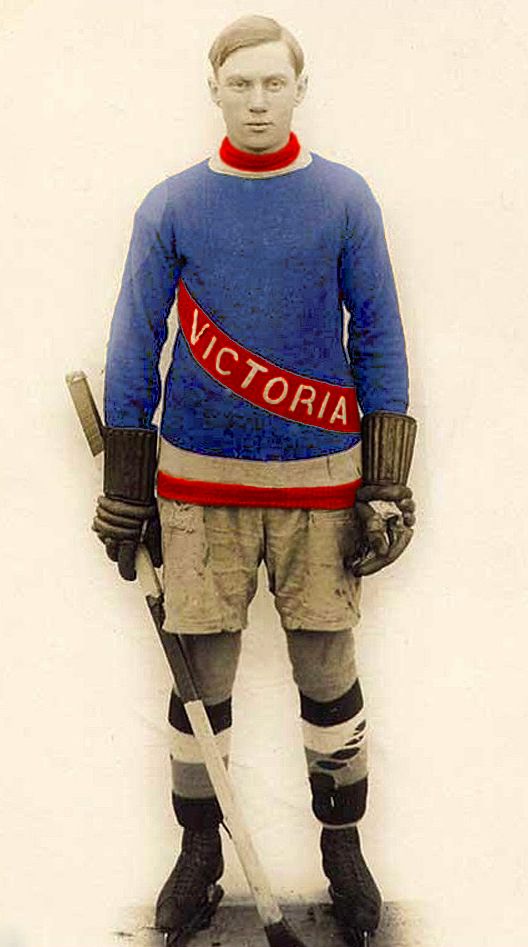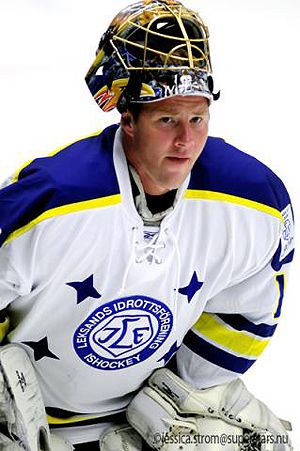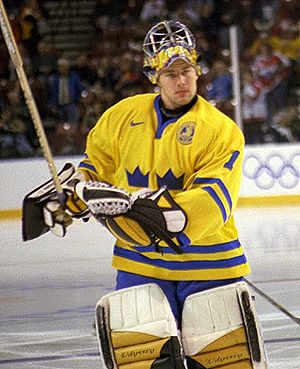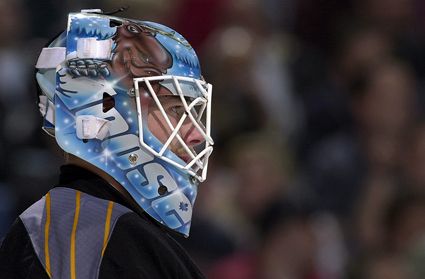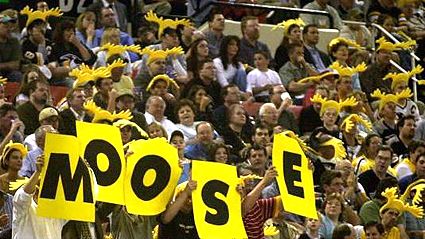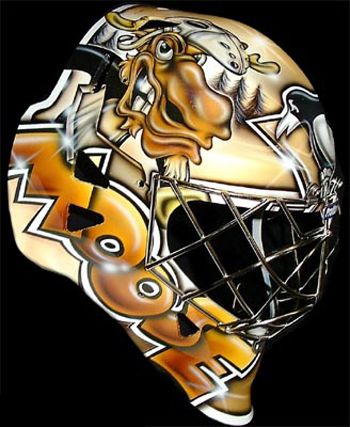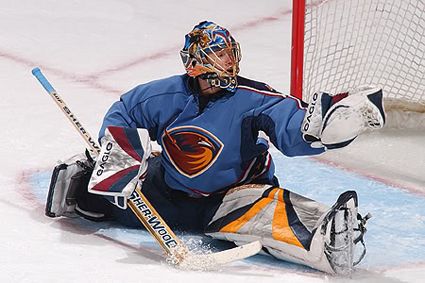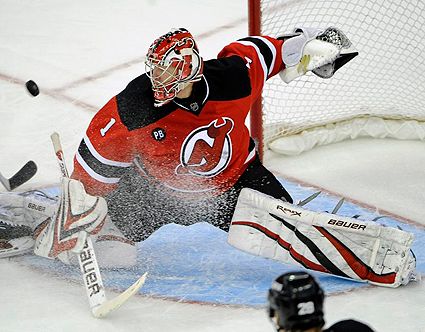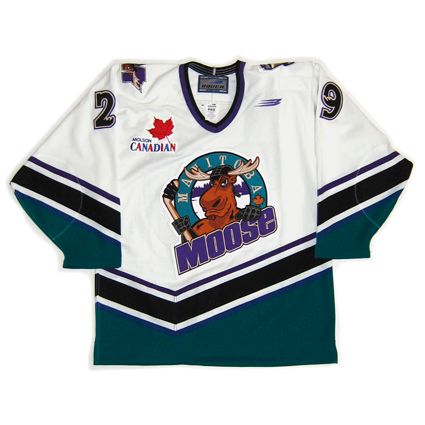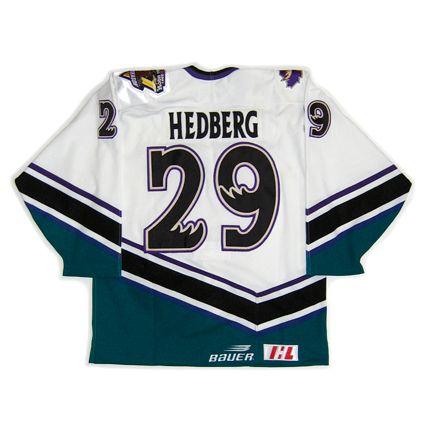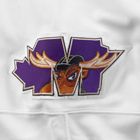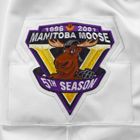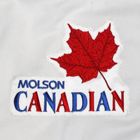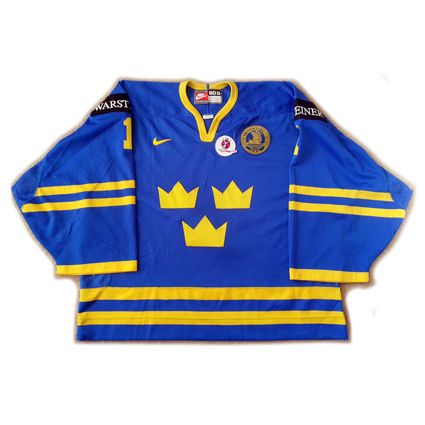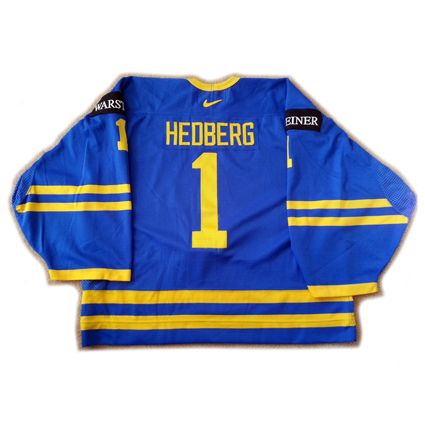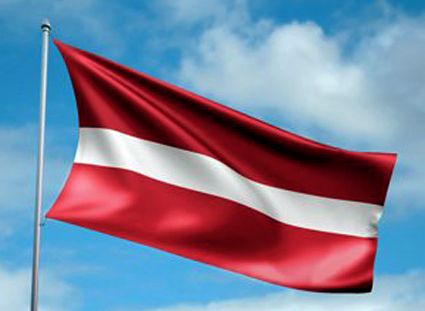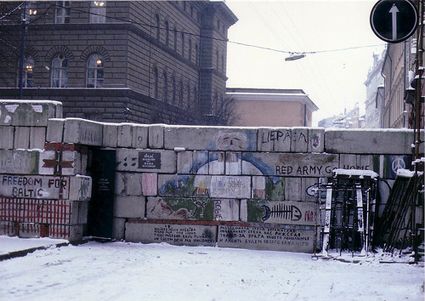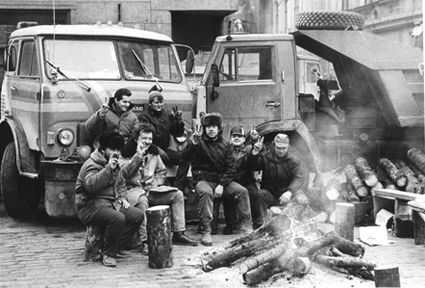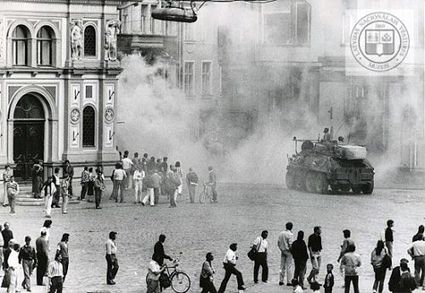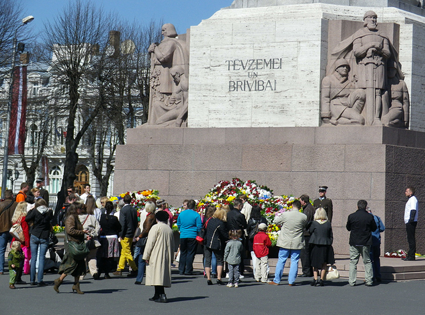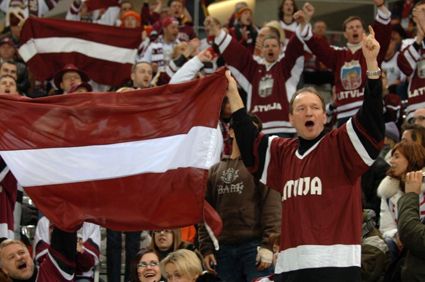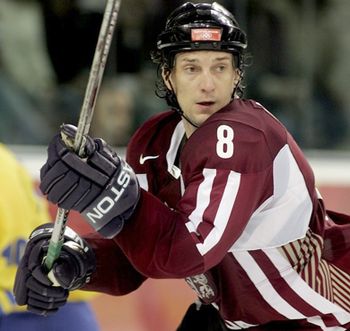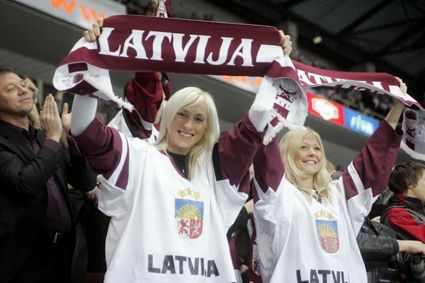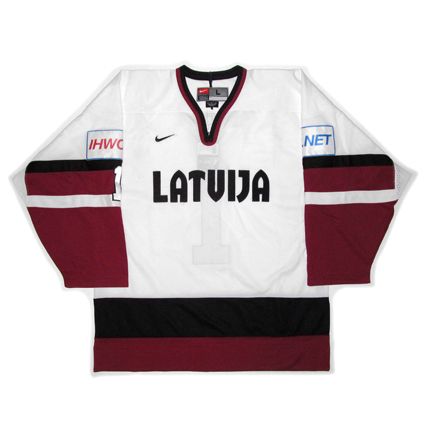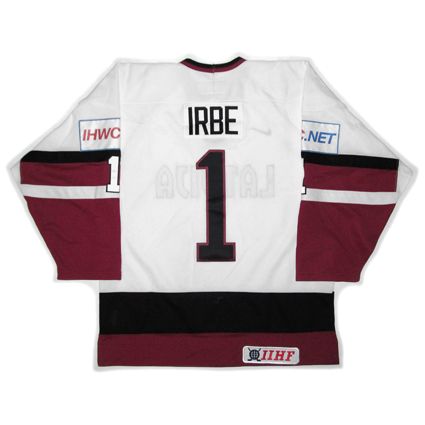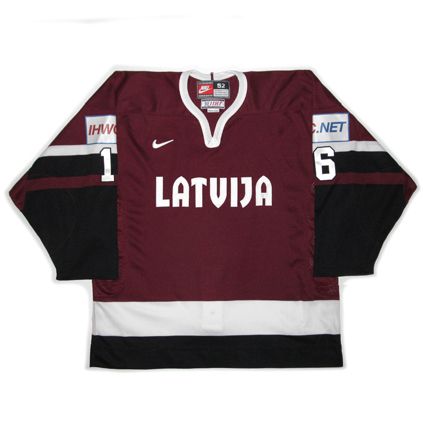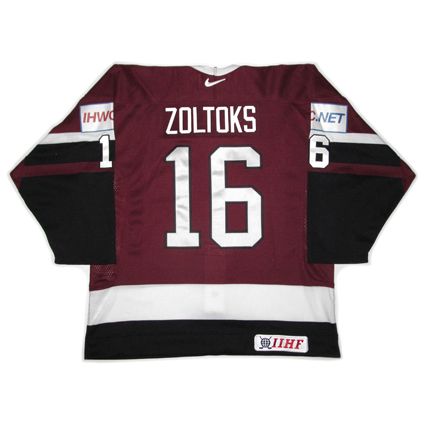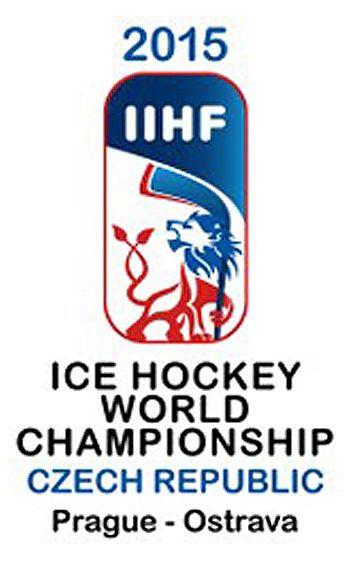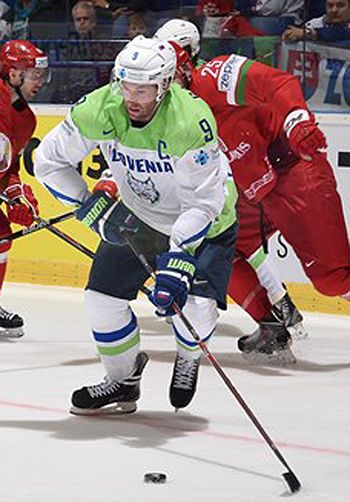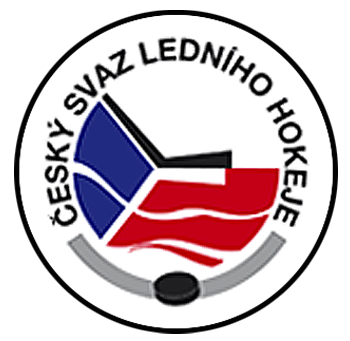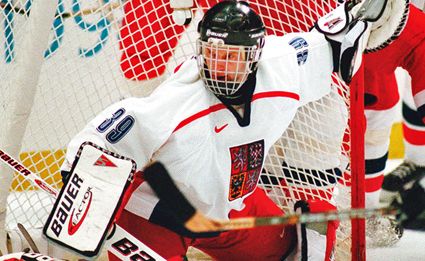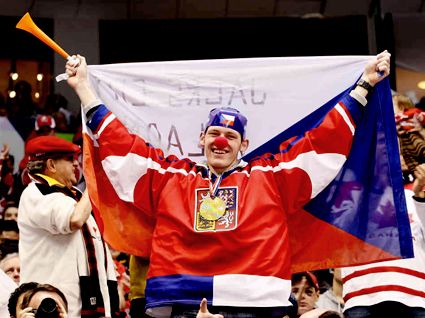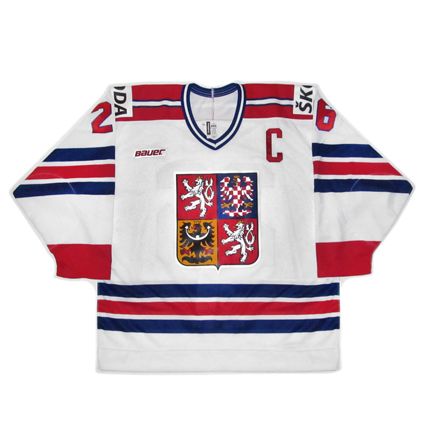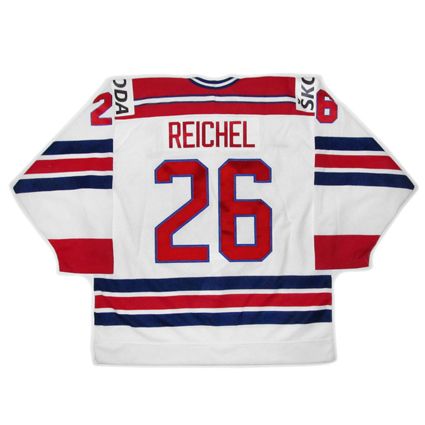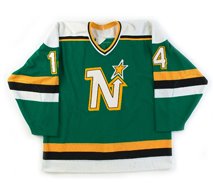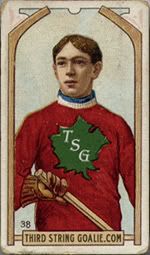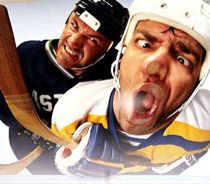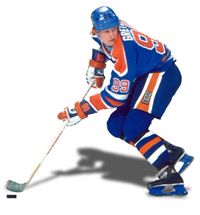Regardless of where he was born, it seems apparent he grew up in New England, as his earliest recorded hockey club was the Boston Pilgrims, with whom he played 8 games as a teen in 1913-14, scoring 4 goals.
For 1914-15 he joined the Boston Arenas of the American Amateur Hockey League where he totaled 14 goals in just 10 games to lead the league in scoring. He remained with the Arenas for 1915-16. While he was limited to just 6 games, he found the net 11 times, an average of nearly 2 goals per game. His next stop was with the New York Crescents, still in the AAHL, where he scored 5 goals in 6 games.
He remained in New York for the 1917-18 season, only now with the New York Wanderers of the USNHL where he scored another dozen goals in 10 games.
Roach moved across the border to his native Canada for the 1918-19 season when he joined the Hamilton Tigers of the Ontario Hockey Association where he had another fine offensive season, leading the league in scoring with 17 goals and 29 points in only 8 games thanks to his speed and agility. The Tigers had a successful regular season and eventually advanced the the Allan Cup playoffs for the Canadian amateur championship where they defeated Winnipeg Selkirk in the first game 6-1 and then held on after a 5-1 loss in Game 2 to win the series 7 goals to 6.
His fine season with Hamilton caught the attention of the Toronto St. Patricks of the National Hockey League, which was about to embark on only its third season of play. Playing a season twice as long as any he had before, Roach scored 11 goals and 13 points in 1919-20, which included Roach becoming only the fourth player in the NHL to score five goals in one game on March 6, 1920 as Toronto defeated the Quebec Bulldogs 11-2.
Not to diminish Roach's accomplishment, which also included an assist that night, but goaltender Howard Lockhart of the St. Patricks was loaned to Quebec for that game, allowing Roach's five goals and the St. Pats 11, which certainly must have caused the Bulldogs to question Lockhart's effort that evening!
To this date, 98 years later, only 44 men have joined the exclusive five goal club, and just two since 1997. With Roach having indeed born in Canada, Mark Pavelich in 1983 remains the only American to accomplish the feat.
Roach began the 1920-21 season with the St. Pats, but after 9 games, he was sold to the first year Hamilton Tigers of the NHL, a different Hamilton Tigers than who Roach had won the Allan Cup with in 1919. After having scored just 2 points with the St. Pats, Roach racked up 17 points in 14 games with Hamilton.
In 1921-22, Roach, a center, scored 14 goals and 17 points prior to setting career highs in 1922-23 with 17 goals and 25 points to lead Hamilton in scoring and finish 6th overall in the NHL.
After never making the playoffs previously and a disappointing 1923-24 season, in which he only managed 5 goals and 8 points in 21 games while Hamilton finished dead last, the Tigers had a great regular season in 1924-25, finishing first overall in the NHL with a 19-10-1 record to qualify for the playoffs for the first time in Roach's career.
However…
The NHL had increased the season schedule from 24 games to 30 that season to accommodate two new clubs, and, on the train ride home following the final game of the season, the players demanded an extra $200 each for the extra six games they were required to play without any increase in pay. The Tigers management informed the players that their contracts ran from December 1, 1924 to March 30, 1925 regardless of the number of games played and no additional pay would be forthcoming.
While the Montreal Canadiens and Toronto St. Patricks were facing off in the semifinals for a chance to face Hamilton for the O'Brien Trophy and a chance to play for the Stanley Cup as NHL champions the players stated they would rather retire than be taken advantage of.
The NHL took a hard line stance and warned the players they would be suspended if they did not play. After Montreal defeated Toronto, NHL President Frank Calder met with the Tigers management, declared the Canadiens champions of the NHL and fined the Tigers players $200 each!
During the offseason, "Big Bill" Dwyer bought the rights to the Hamilton players for his expansion club set to begin play in New York's Madison Square Garden for the 1925-26 season, the New York Americans. The players were more than happy with the new arrangement, as they all received raises from Dwyer, some as much as 200%!
The Hamilton franchise was then revoked at the September 22nd league meetings, bringing an end to the Tigers franchise.
Roach managed a mere 3 goals in 25 of the Americans 36 games, but rebounded in 1926-27 with 11 goals in 44 games, second on the Americans in goals for the season, which proved to be his last in the NHL. Thanks to the Hamilton player's strike in 1925, Roach never played in a single NHL playoff game during his eight seasons in the league.
For the 1927-28 season, he joined the Niagara Falls Cataracts of the Canadian Professional Hockey League as a player-coach.
He would play one season with the Windsor Hornets of the CPHL before again spending a season as a player-coach, this time with the Buffalo Bisons in the same league, now renamed the International Hockey League, but with a much more limited amount of playing time, as he appeared in just 10 games. He retired for good as a player after the 1929-30 season to concentrate on coaching, a career that lasted three additional seasons.
In all, Roach played 211 NHL games with 77 goals and 34 assists for 111 points and no playoff games, thanks to the ill-fated Hamilton players' strike of 1925, costing Roach his only shot at winning the Stanley Cup.
Today's featured jersey is a 1920-21 Hamilton Tigers Mickey Roach jersey. The Tigers began play in the 1920-21 season while wearing these vertically striped jerseys with the tiger head logo. They were only worn for one season before being replaced by the "walking tiger" horizontally striped jerseys for the next two seasons. Their final two seasons were with jerseys with a capital H logo in a wide gold band and multiple striped sleeves.
As declared by Sports Illustrated in 2005 as one of "25 Lost Treasures of Sports", a game worn Hamilton Tigers jersey is a Holy Grail of hockey jerseys, as no known examples are currently known to exist, although legend has it one was sold for $500 in the 1990's in Hamilton to an unknown American collector and has never been seen since.
Today's first video is the history of the Tigers sweaters.
Next is a look at the New York Americans, of which Roach was a original member.

